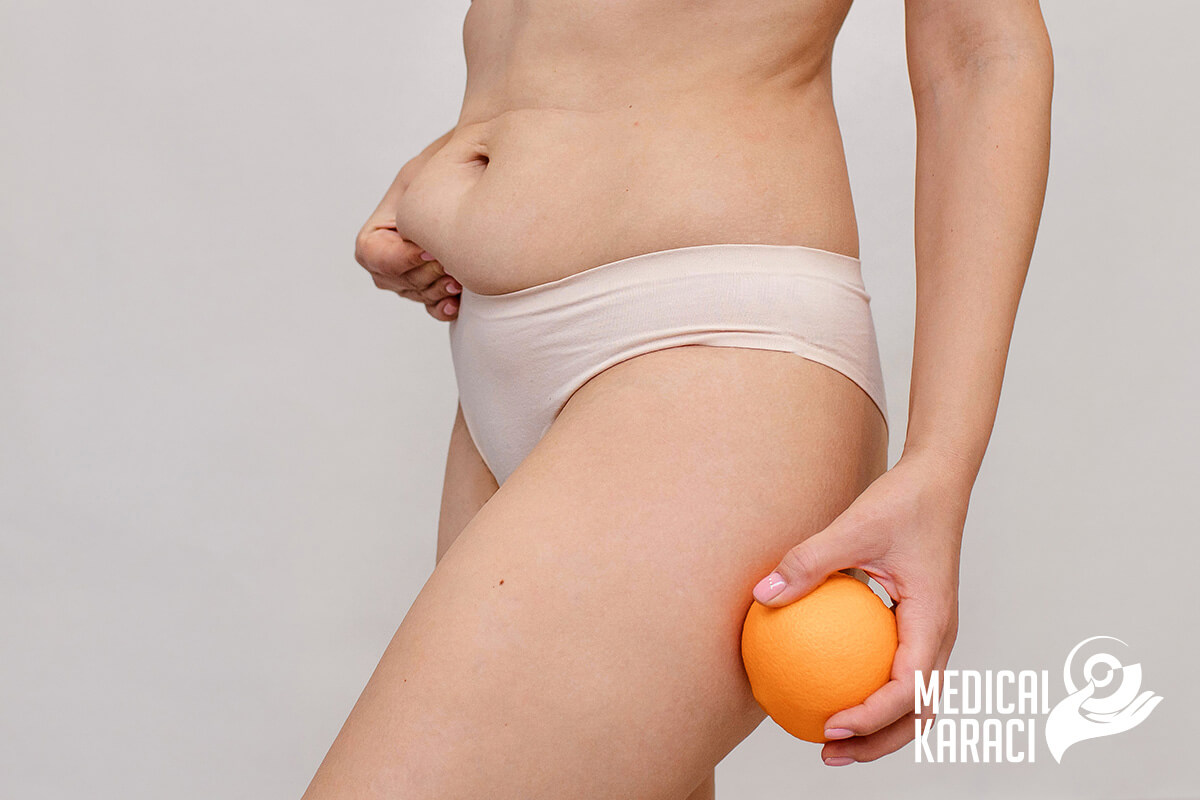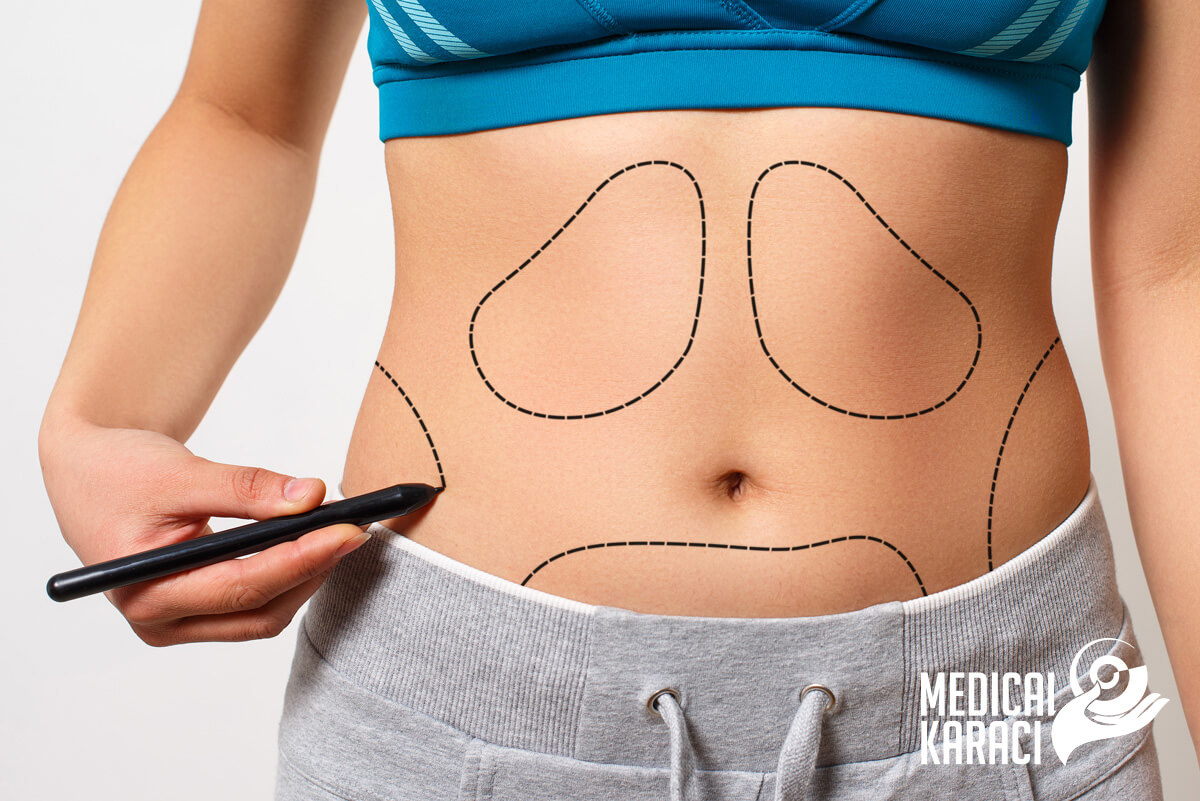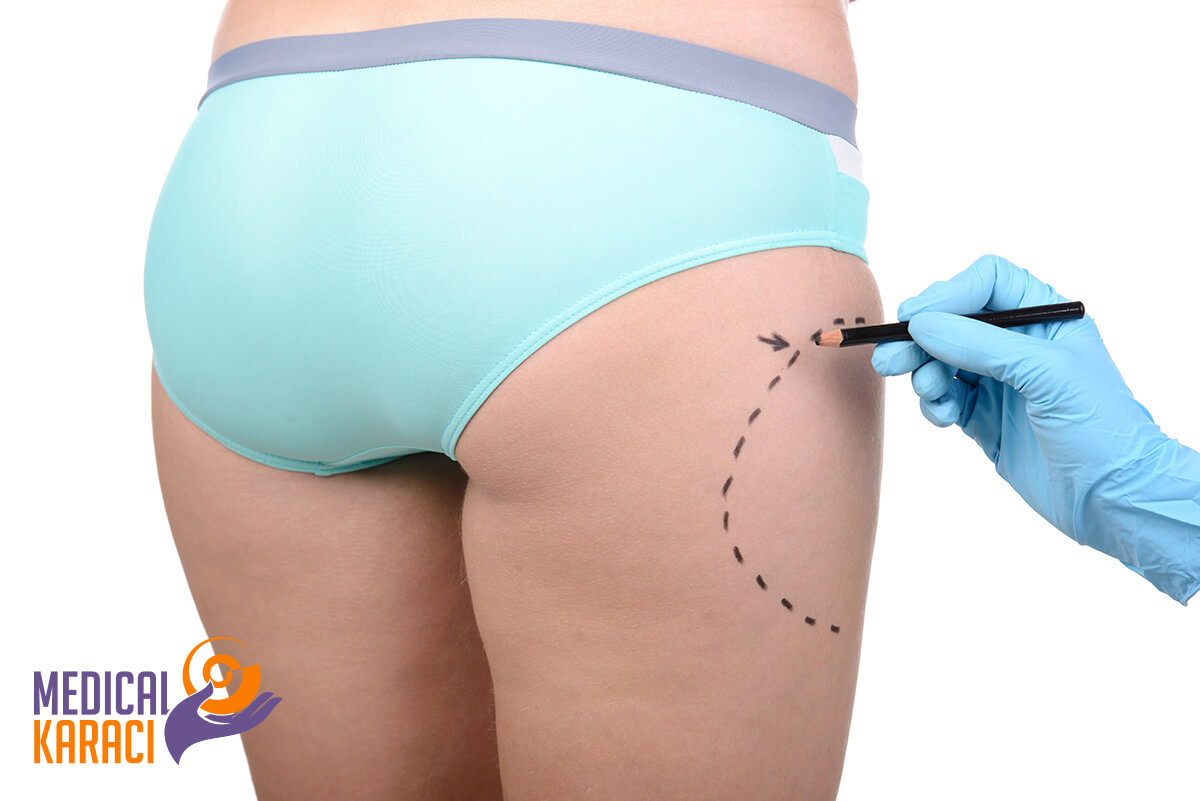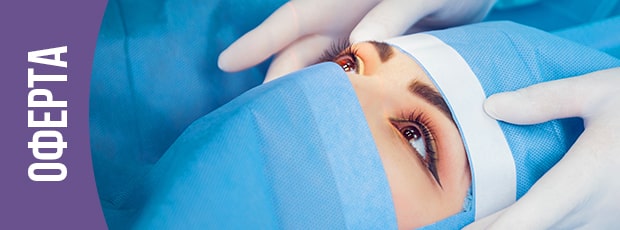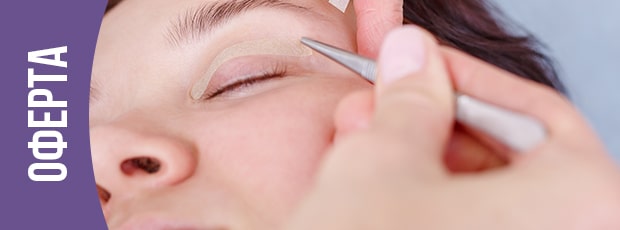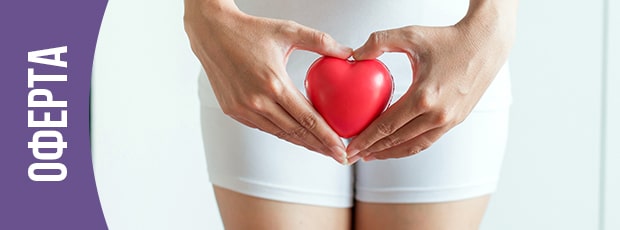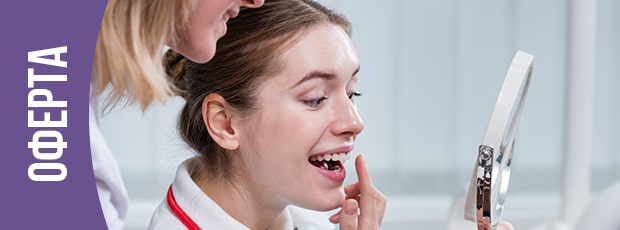Although an important part of our body, body fat can also be a stubborn adversary when it comes to achieving a harmonious and slim figure. Problem areas that don't respond to diet and exercise are particularly challenging when it comes to shaping a toned and tight appearance.
Liposuction is among the most popular procedures in plastic surgery. It is a method of improving the contour of the body by removing unwanted fat deposits from certain areas. Most commonly these are the waist, abdomen, buttocks and thighs.
The procedure is not a substitute for overall weight loss, but rather an effective, quick and permanent means of improving the appearance of contours and problem areas.
For whom is the liposuction procedure suitable?
The best candidates for liposuction are patients with relatively normal weight but with accumulated excess fat in certain areas. Patients need to be in good physical health with no comorbidities. It is a good idea for each patient to develop a clear idea of the expected results after the intervention, for which the plastic surgeon will provide assistance.
Previous surgical interventions of the treated area are also taken into account. The turgor and elasticity of the skin is not unimportant.
The procedure is not recommended for:
In patients who tend to gain weight, have a body mass index above 30%, or have eating disorders. They would not maintain the gains made through this surgery until their diet was adapted and followed by them, in conjunction with maintaining optimal results.
Patient history and preliminary examination
The success of this procedure, as well as its safety, largely depends on the consultation with a plastic surgeon specialized in performing liposuction.
Standard pre-operative examinations and tests are ordered before scheduling surgery. A thorough physical examination is followed by an extensive discussion of the patient's concerns and wishes. Surgical options and specialist recommendations are discussed. Before a patient undergoes the liposuction procedure, it is important to weigh the risks and benefits, consider the expected results and possible complications. Each patient should be individually consulted by a plastic surgery specialist in order to suggest an appropriate option for them.
Performing liposuction
Liposuction is a safe procedure and is performed within a short clinical stay.
The procedure involves the removal of unwanted fat deposits using a cannula - a thin tube that mechanically breaks down the lipid layer by suction.
The type of anaesthesia used depends on the type and complexity of the intervention undertaken. The operation begins with the injection of an anaesthetic with a special chemical formula that helps the fat layer to swell and the blood vessels to constrict. Through a small incision 1 to 3 mm long near the target area, the fat depots are accessed.
There are several liposuction techniques available, which are categorized according to the amount of fluid injected and how the tube (cannula) is used to remove the buildup. No technique can claim to be the best. The choice depends on:
- the patient's state of health
- its weight
- fat distribution
- the number of areas to be treated
- the volume of the layer expected to be removed
It is possible to recommend an additional procedure that could be combined with liposuction. For example, it can be combined with reduction mammoplasty (reduction of breast size) or gluteoplasty (which is a correction of the buttocks, etc.). The aim is to achieve remarkable results.
Examples of some commonly used liposuction techniques are given below.
Traditional, dry liposuction
This is the standard technique of liposuction. It involves a cannula attached to a vacuum device that is inserted into the treatment area and moved in a back and forth motion to break up fat deposits and remove them from the body by suction.
This type of liposuction can be used for different areas - thighs, legs, abdomen, back and arms. It is not preferred for treating small and sensitive areas, such as under the chin, as it is not considered as precise.
Wet Lipo - Wet liposuction
In this procedure, isotonic fluid is injected into the surgical field to break up and loosen fatty deposits so that they can be removed through a special cannula.
The TUMESCENT technique - TUMESCENT LIPO
The tumescent method is a technique in which the surgeon uses a solution containing a local anaesthetic and a vasoconstrictor (epinephrine), which is injected directly into the subcutaneous fat tissue and causes the fat areas to swell. This allows the liposuction cannula to move smoothly under the skin and removal to be performed with ease.
Its use has two main advantages - lidocaine remains in the body after surgery, reducing postoperative pain, and epinephrine constricts capillaries in the fat layer and virtually eliminates blood loss.
The tummy tuck technique also has the ability to be applied to larger patients who may lose several sizes during just one session. Before the development of the method, this was considered to be completely medically impossible. An immediate improvement is achieved not only on the aesthetic appearance. The procedure also has a positive impact on indicators such as high blood pressure regulation.
Technique of assisted liposuction (PAL)
The characteristic of this technique is that the movement of the cannula is mechanized, reducing the surgeon's workload and improving the speed and accuracy of fat removal. The vibrating tip used in PAL allows for safer liposuction due to its small, precise movements. Surgeons can target specific areas without damaging surrounding tissue.
The technique is preferred when the surgeon needs to remove more fat, in a shorter period of time, or the patient has already had previous liposuction.
PAL is suitable for areas that are difficult to sculpt, including the inner thighs, abdominal area and breasts in men.
SUPER WET technique
This technique is similar to tumescent liposuction. In it, the surgeon injects a solution that has a 1:1 ratio of infiltrated solution to removed fat.
The procedure takes one to two hours to complete.
Technique UAL - Ultrasonic Assisted Liposuction
In this technique, ultrasound uses high-frequency waves that can create large amounts of energy in the tissue where it is focused. This ability contributes to the dissolution of fat cells and facilitates their removal using suction.
A special cannula is used that vibrates very quickly on or under the skin, emitting ultrasound energy and destroying the walls of fat cells, liquefying them.
In terms of time, liposuction using the UAL method takes longer than other methods, but is more precise and tends to be more effective at removing fat from problem areas of the body where traditional liposuction may be difficult.
An even more recent development of the assisted liposuction technique is VASER (Vibration Amplification of Sound Energy at Resonance), which stimulates fat cells using pulsed ultrasound waves applied from a grooved narrow probe. This reduces the force applied to the skin by almost two-thirds while maintaining the effectiveness of liposuction. The chances of skin injury are reduced while the cosmetic result is improved.
Liposuction using the LAL method - Laser Assisted Liposuction
Here, a fiber threaded through a microcannula emits laser energy that is used to selectively separate fat deposits so they are easier to remove by suction. The laser leaves adjacent structures intact. The laser energy also closes small blood vessels and releases enzymes that improve liquefaction.
Due to the characteristics of the laser beam, which is extremely fine, minimal incisions are used, which heal quickly and remain imperceptible.
In addition, the lasers are also quite easy to control, which means that the method is extremely precise, making it suitable for sensitive areas and places with limited access.
SmartLipo liposuction
SmartLipo is a type of liposuction that uses a laser to the cannula. The problem areas are treated with two types of wavelength. One is used to liquefy fat in areas where sculpting is needed. The other wavelength is one that is known to tighten tissue and skin, as well as stimulate collagen regeneration in the treated area, which improves skin tone after the procedure.
SmartLipo is the most precise type of liposuction.
This is one of its main advantages. Patients can sculpt any area of their body, even the face, and expect a good result. This specialized type of laser liposuction achieves both skin tightening and fat melting for perfect results in contouring the manipulated areas. SmartLipo liposuction has the shortest recovery time compared to any other type of liposuction - within just one or two days.
Liposuction using the WAL method
For this procedure, a thin fan-shaped jet of water is injected to loosen fat cells without destroying adjacent tissue.
Twin Cannula-Assisted Liposuction - TCAL, or TCL
Here a cannula is used in the cannula to remove the fat cells. The first cannula is used to break up the fat cells and prepare for easier suction. The inner cannula is used to aspirate the fat. This technique is then less likely to cause unnecessary tissue damage to the patient when the cannula is moved back and forth.
Postoperative recovery
Like all surgical procedures, liposuction carries some risk.
Side effects are usually minimized if extremely long surgical interventions are avoided or if multiple procedures are planned during the same operation. The risk of postoperative complications increases if the surgeon treats too large areas of the body and removes excessive fatty tissue.
Lipo procedures use mostly resorbable sutures and scarring is rare.
Postoperatively, patients should wear a compression garment for a period of time to promote healing and limit swelling.
Side effects, unlike complications, are temporary and minor. They can be expressed in the following:
- Pain, swelling and bruising. Treated areas may remain sensitive for several weeks after surgery. While most of the swelling goes away within a month or two after surgery, some swelling may remain for longer.
- Limited mobility. Patients are advised to start walking as soon as possible, but should avoid more strenuous activities for two to four weeks after liposuction.
Patients receive information on how to care for themselves in the post-operative period. They are told what to expect in the first weeks after the intervention.
Liposuction results
Research shows that even with significant weight loss, the number of fat cells in the body remains the same. With liposuction, the sucked out cells are effectively and permanently removed. If the patient does gain weight, they will gain weight more evenly, rather than primarily in the local areas treated.
The results of liposuction are increased self-confidence and visible results in the proportions and contours of the treated areas.


